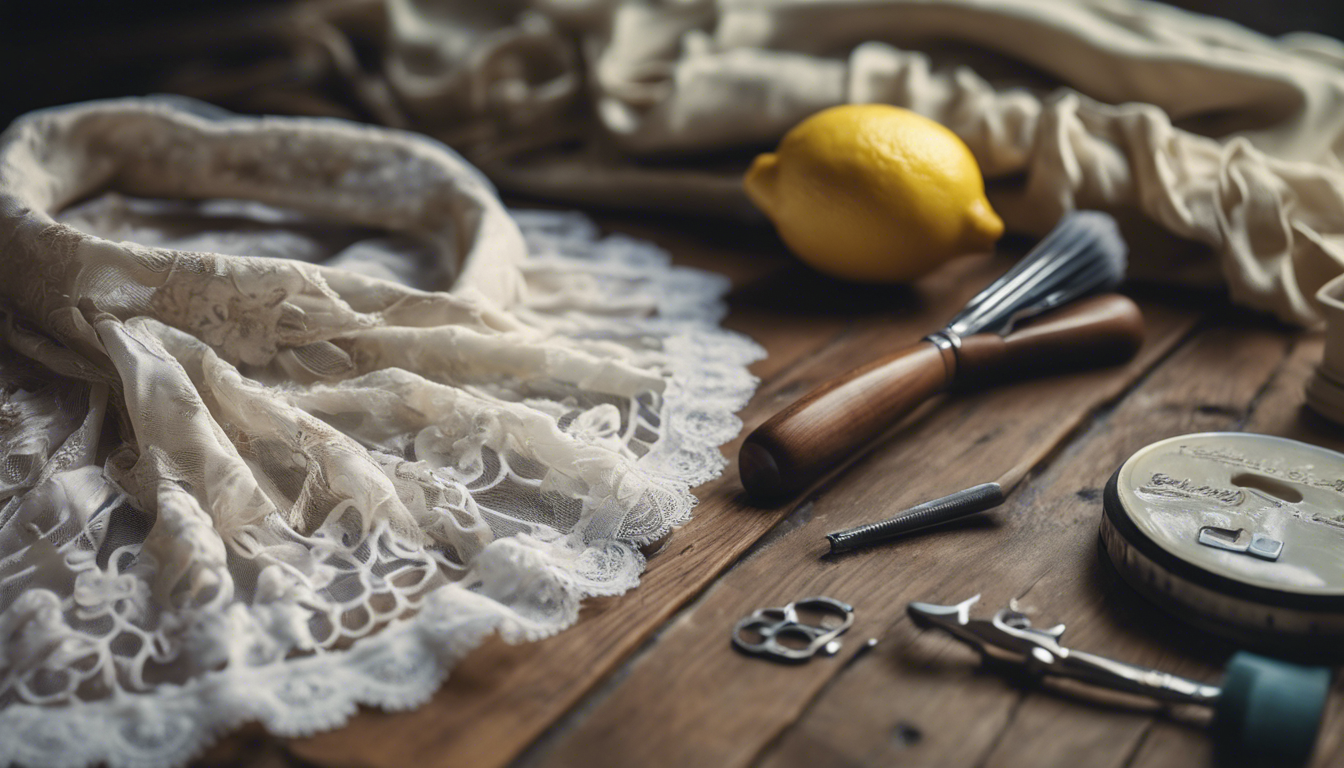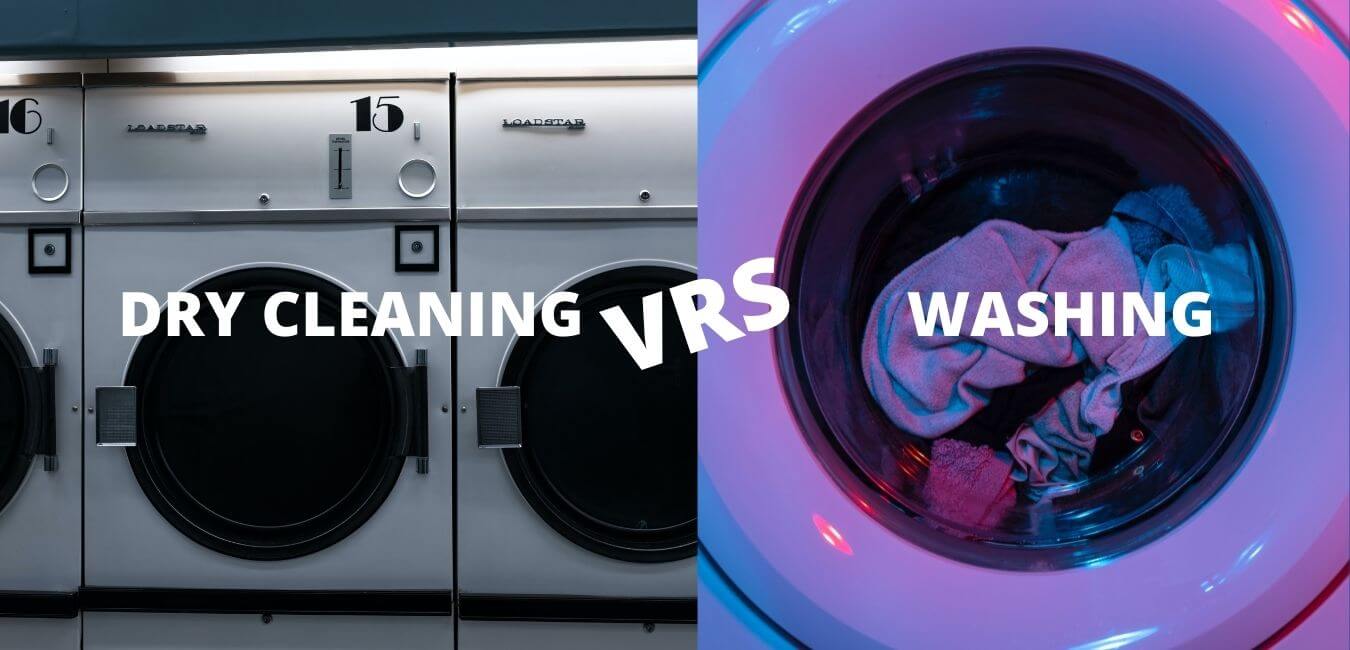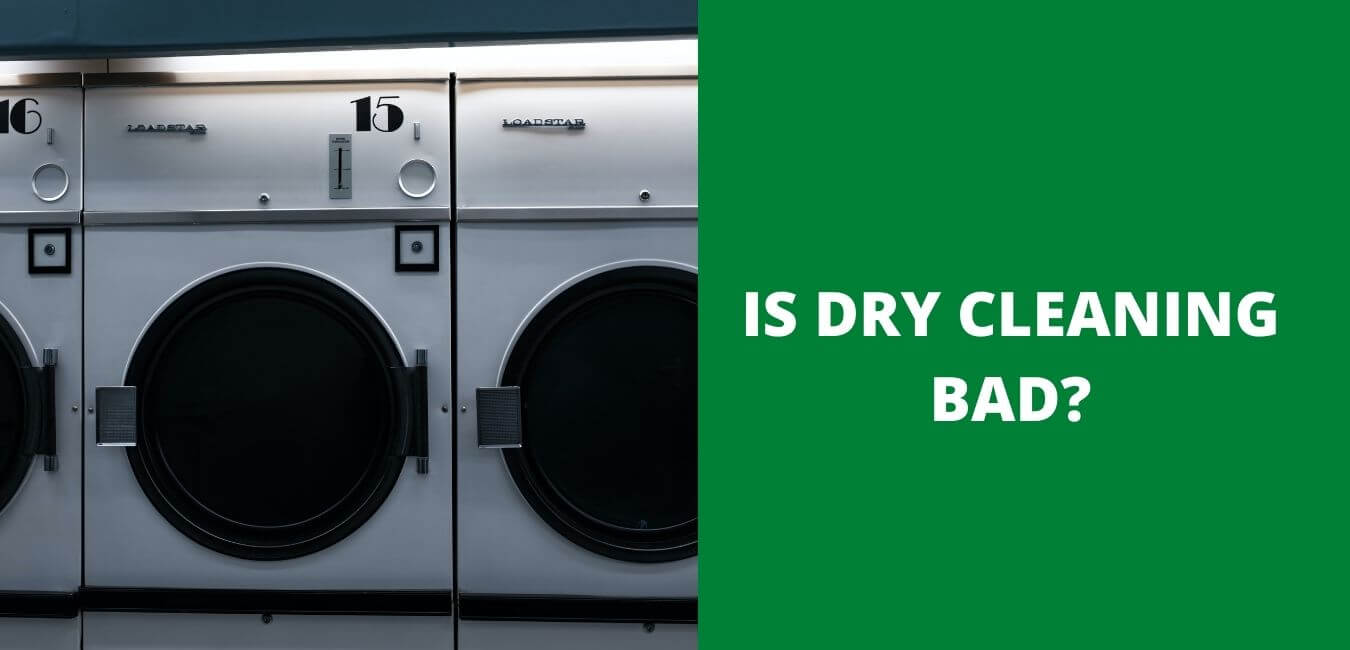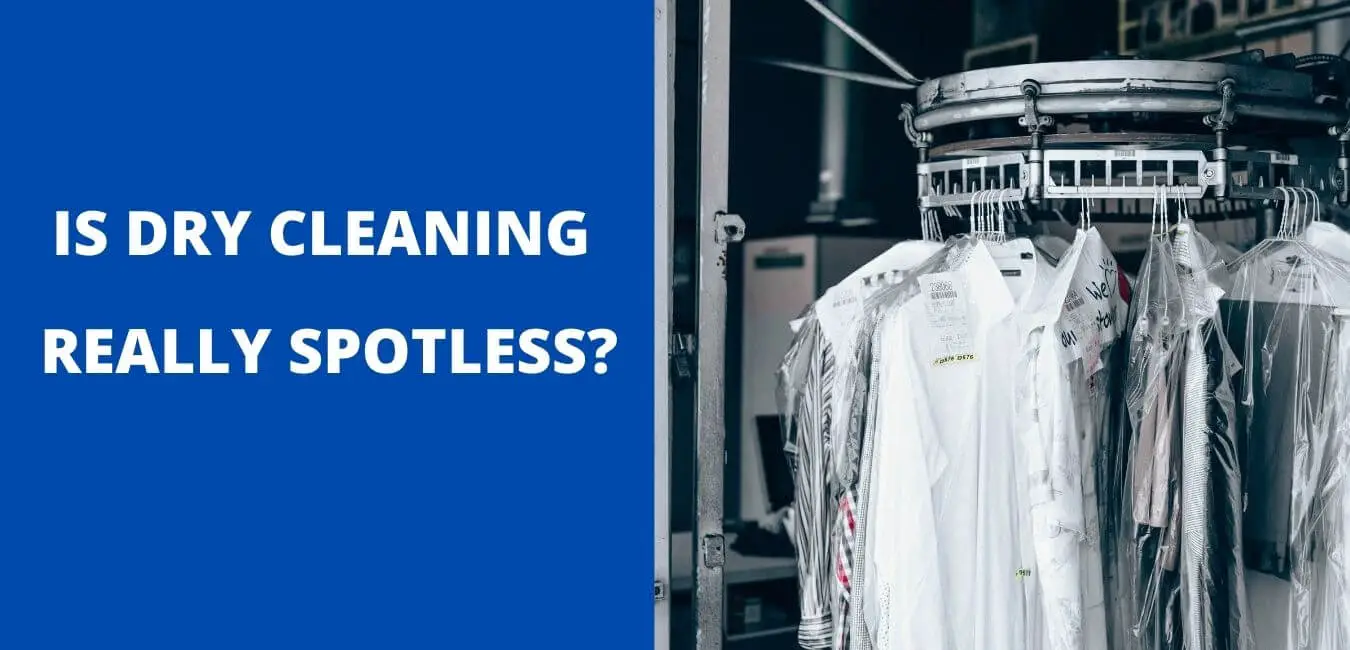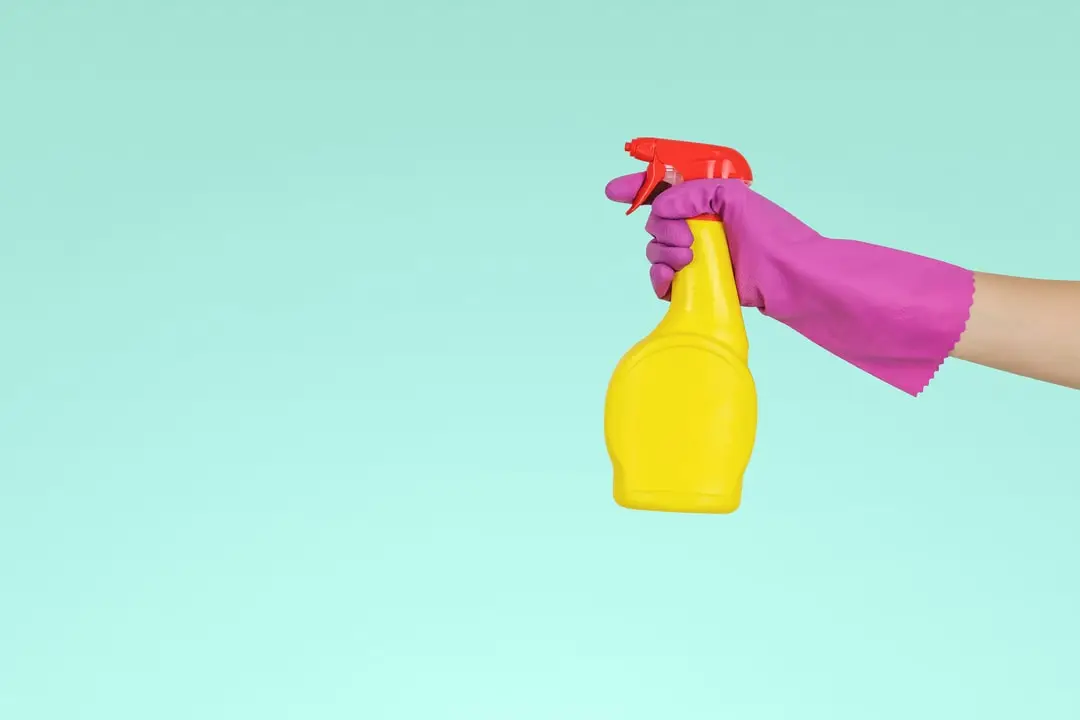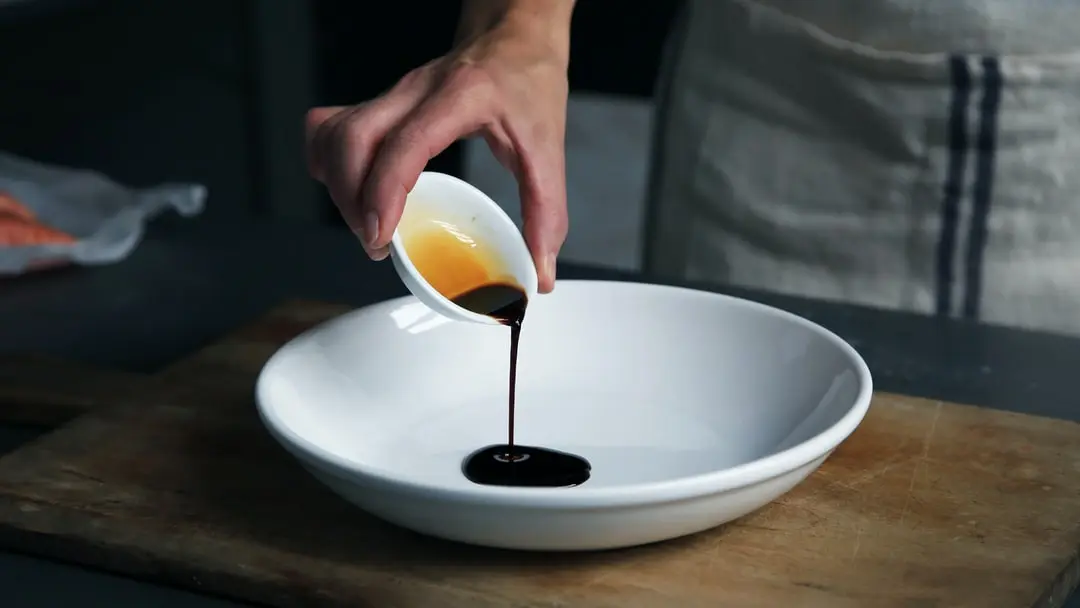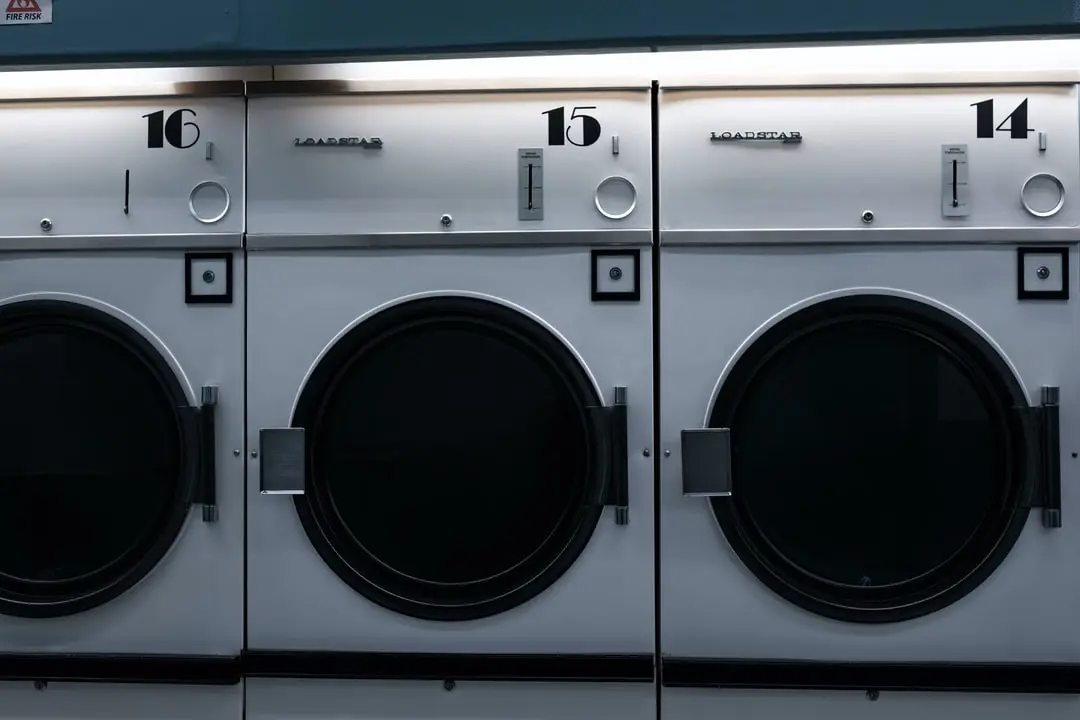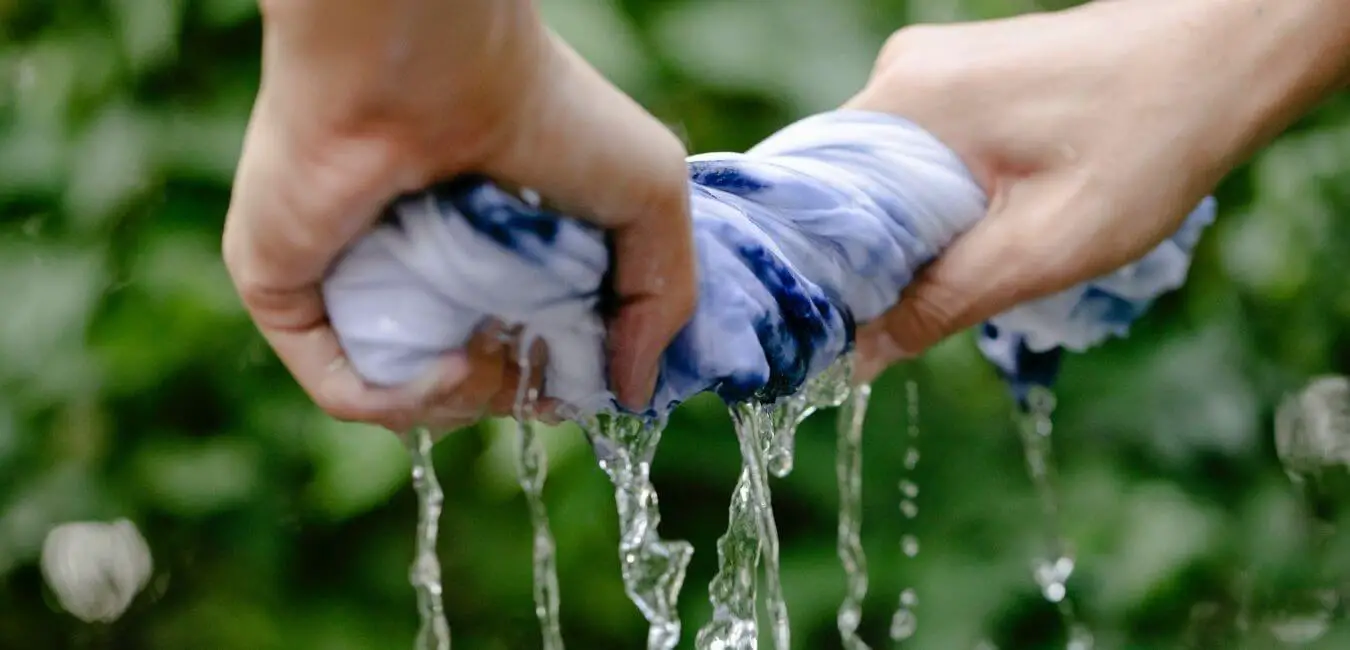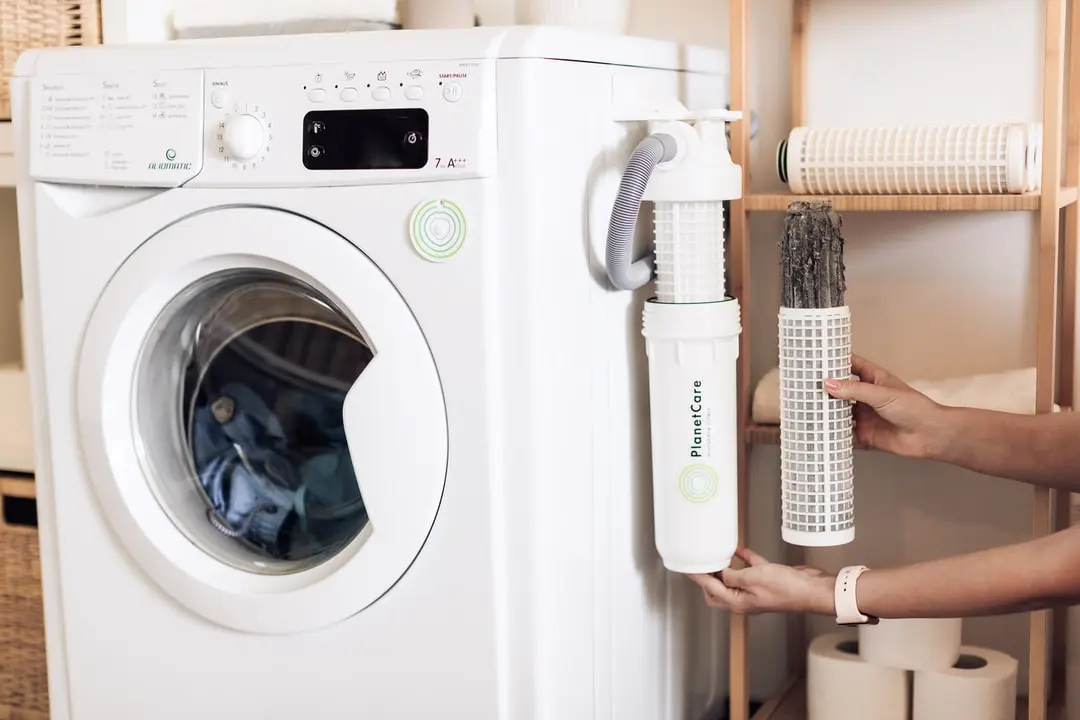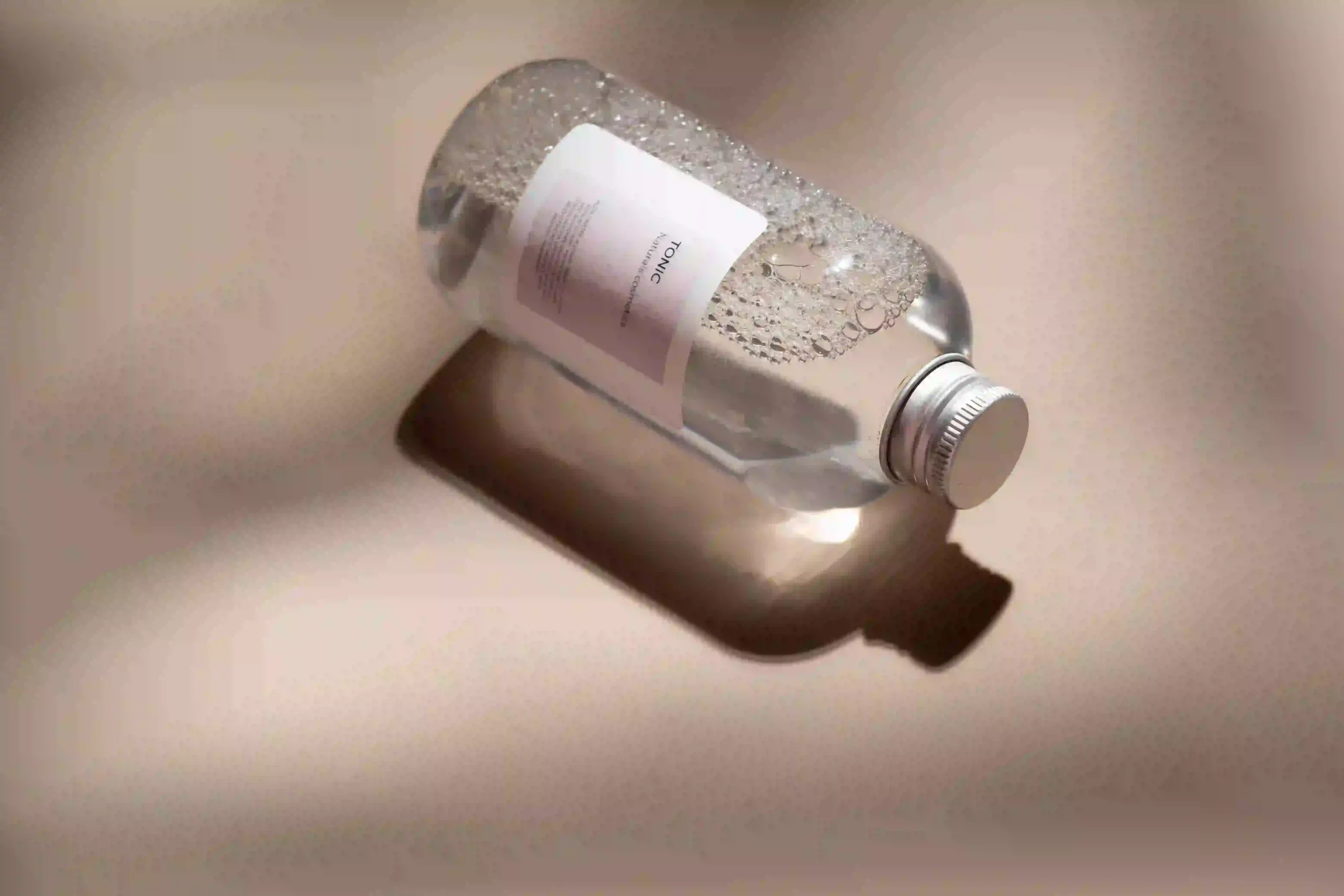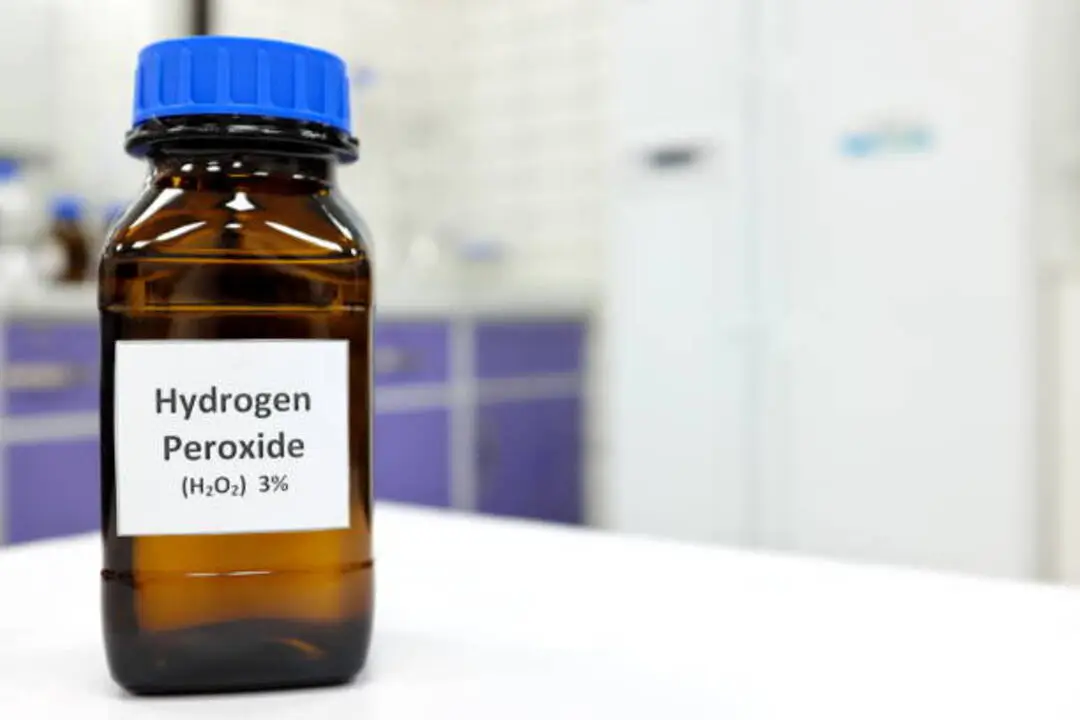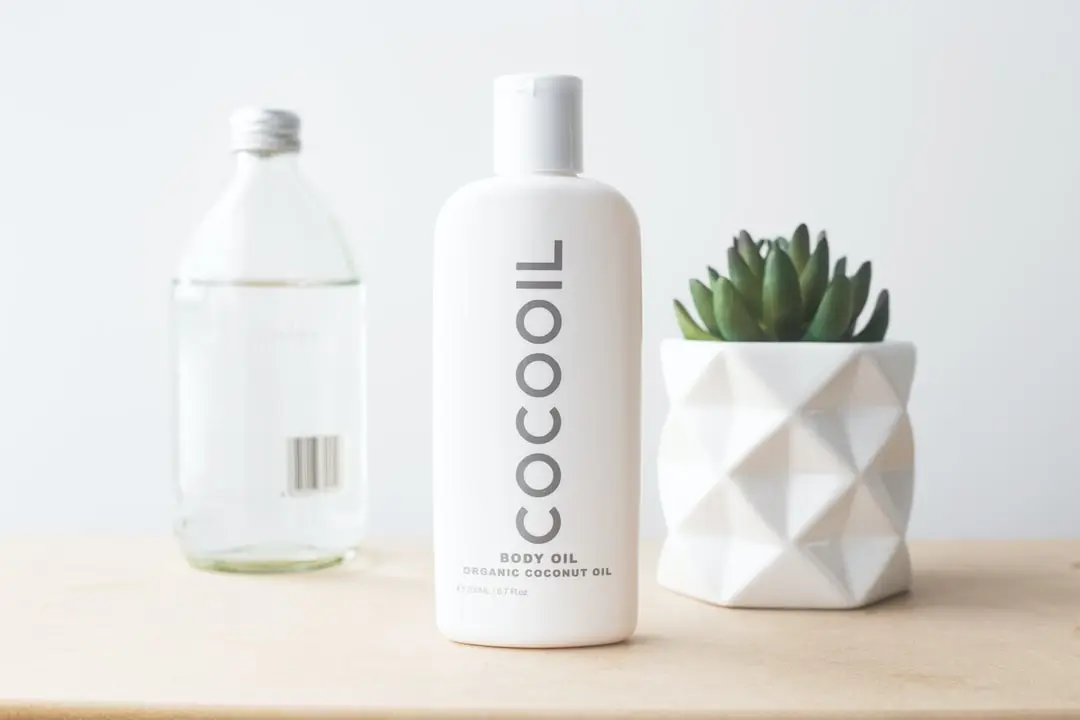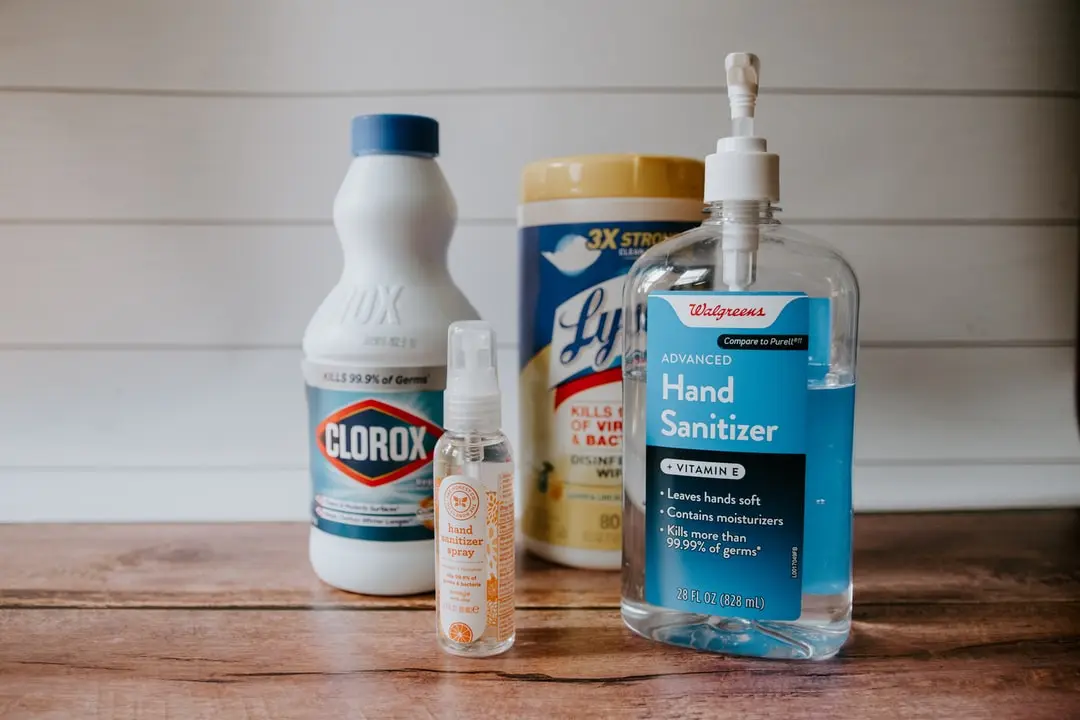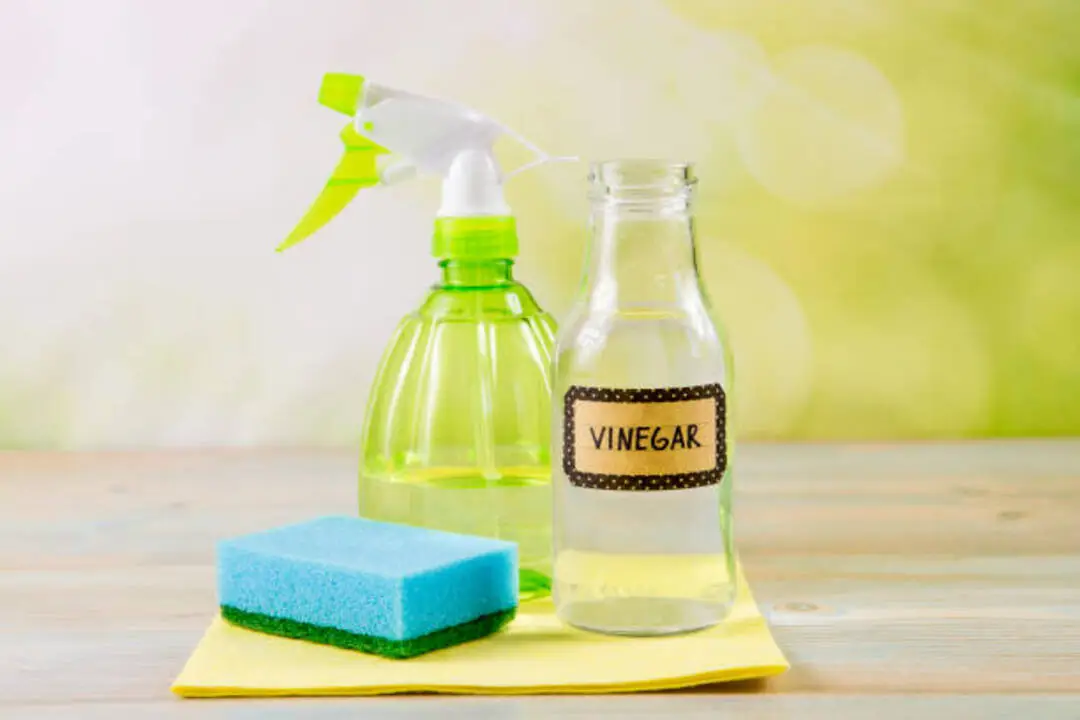When it comes to vintage clothing, maintaining its charm requires a careful approach, especially when dealing with stains. Understanding the unique properties of various fabrics is essential, as each type demands different stain treatment methods. Common stains, such as those from wine or grease, can be especially challenging.
For instance, if your beloved vintage dress has a persistent grease stain, begin by blotting the area with a clean cloth to absorb as much of the grease as possible. You can then apply a small amount of dish soap to the stain, gently working it in with your fingers or a soft cloth. Rinse with cold water and repeat as necessary until the stain fades.
In cases where stains are particularly tough, consider using eco-friendly solutions like baking soda or white vinegar. These substances can break down stains while being gentle on delicate fabrics. For stubborn wine stains, try sprinkling salt on the area to absorb the liquid and then wash it with a mixture of hydrogen peroxide and dish soap.
The significance of understanding vintage fabrics lies in their unique construction and age, which can make them more susceptible to damage. Always test any cleaning solution on an inconspicuous area first to ensure it won’t harm the fabric. This attention to detail can make a significant difference in preserving the integrity of your vintage piece.
By focusing on these tailored techniques and selecting the right products, such as a gentle fabric cleaner specifically designed for delicate materials, you can effectively tackle stains while safeguarding the beauty of your treasured vintage clothing.
Understanding Vintage Fabrics
Understanding vintage fabrics is crucial for effective stain removal. Caring for these textiles requires awareness of their distinct characteristics. Vintage clothing often features materials like cotton, silk, and wool, each demanding different handling approaches.
Always begin by checking the fabric content. Knowing what the fabric is made of helps you select the appropriate cleaning agents and methods. For example, silk necessitates a gentle touch with mild detergents, while cotton can withstand a bit more scrubbing. The primary objective is to maintain the fabric’s integrity while efficiently eliminating stains.
Next, pay attention to the dye used in vintage textiles, as they can be susceptible to bleeding. It’s advisable to test any cleaning solution on an inconspicuous area before proceeding with the entire piece. Utilizing cold water and gentle blotting techniques can significantly aid in safeguarding these cherished items.
For specific stains, consider using products like OxiClean for cotton fabrics or a silk-safe detergent for delicate silks.
Always refer to the care labels when available, as they often provide valuable guidance tailored to the specific fabric.
Common Stains on Vintage Clothing
In the realm of vintage clothing, certain stains frequently appear and can present a significant challenge. Recognizing these stains is essential for effectively preserving cherished pieces. Here are three common types of stains you may encounter:
- Wine Stains: Red wine can quickly ruin fabric, leaving a prominent mark that often demands prompt treatment. To address these stains, consider using a mixture of salt and club soda or a specialized wine stain remover.
- Ink Stains: Ink from pens or old typewriters can be particularly stubborn and tricky to remove, especially on delicate fabrics. Solutions like rubbing alcohol or commercial ink stain removers can be effective, but always test a small area first.
- Grease Stains: These stains often arise from food or mechanical sources and can become deeply embedded in the fibers. Applying a stain remover specifically designed for grease, or using dish soap, can help lift these difficult marks.
Beyond these, vintage garments may also present sweat stains, food stains, water stains, dye stains, and age-related stains. Each type comes with its own set of challenges, and understanding them is crucial for successful restoration.
The goal is to bring these beautiful pieces back to their original state, ensuring they can be enjoyed for many more years. With patience and careful attention, you can effectively address these common stains and help preserve the unique stories each vintage item carries.
Pre-Treatment Techniques
Before addressing a stain on your vintage clothing, it’s crucial to evaluate the stain type to decide on the most effective cleaning method. This assessment is important because different stains, like grease or wine, require specific treatments.
Following this, it’s vital to test the fabric’s compatibility with your chosen cleaning solution. This step ensures that the delicate material remains unharmed during the cleaning process.
Lastly, selecting the appropriate cleaner is key to successfully removing the stain while preserving the integrity of your cherished garment. For instance, using a gentle, pH-balanced detergent can be beneficial for delicate fabrics, whereas a specialized stain remover might be necessary for tougher stains.
Assessing the Stain Type
Identifying the type of stain is crucial for effective removal, particularly when dealing with vintage clothing. Each stain type requires a specific approach, making an understanding of stain classification essential for successful cleaning.
Vintage fabrics can be delicate, so it’s important to use the correct method to avoid damaging the material.
To assess the stain type, follow these steps:
- Nature of the Stain: Examine what caused the stain. Common culprits include food, grease, and ink, each with distinct characteristics and removal techniques. For instance, a grease stain might require a solvent like rubbing alcohol, while a food stain could be treated with a mixture of dish soap and water.
- Age of the Stain: Fresh stains are typically easier to treat than those that have set in over time. Knowing how long the stain has been on the fabric can help you select the most effective cleaning method. For older stains, pre-soaking in cold water or using a specialized stain remover may be necessary.
- Fabric Sensitivity: The material of the vintage clothing plays a significant role in determining the cleaning approach. Delicate fabrics such as silk or lace require gentle cleaning techniques, often involving mild detergents or professional cleaning services. In contrast, more durable fabrics like cotton may tolerate stronger cleaning solutions.
Understanding these factors not only enhances your cleaning efforts but also preserves the integrity of vintage clothing.
Taking the time to properly assess stains ensures that your garments remain in excellent condition for years to come.
Testing Fabric Compatibility
When working with vintage clothing, it’s crucial to test fabric compatibility to ensure your stain removal methods won’t harm the material. Each fabric type—whether it’s silk, wool, or cotton—reacts differently to various cleaning techniques.
Begin by identifying the specific fabric of your vintage item. Understanding the fabric is the first step toward successful cleaning, leading you to the important process of colorfast testing.
To conduct colorfast testing, select a small, hidden area of the fabric and dampen it with an appropriate cleaning solution. Use a white cloth to gently blot the area and observe for any color transfer. If the color stays intact, this indicates that your cleaning method is safe for the fabric. However, if you notice any bleeding, it signals that the fabric may not withstand that cleaning approach, prompting you to reconsider your technique.
For example, if you’re dealing with a vintage silk dress, you might opt for a gentle, silk-specific cleaner to prevent damage. On the other hand, cotton garments can often handle a wider range of cleaning methods, but it’s still wise to perform a test first.
Choosing the Right Cleaner
Selecting the right cleaner for pre-treatment is crucial for maintaining the beauty of vintage clothing. It’s important to ensure that the cleaning agents you choose are effective while being gentle on delicate fabrics.
Here’s a straightforward guide to help you choose the ideal cleaner:
1. Identify the Fabric: Different materials need specific cleaning agents. Always check the care label to understand the fabric composition and any particular cleaning instructions associated with it.
For instance, silk may require a specialized silk cleaner, while cotton can typically handle more robust formulas.
2. Choose Gentle Formulas: Select eco-friendly and biodegradable cleaning products whenever possible. These options are generally less harsh on fabrics and help protect the integrity of your vintage pieces during the cleaning process.
Brands like The Laundress and Ecover offer great alternatives that are gentle yet effective.
3. Test First: Before using any cleaning agent, conduct a spot test on a hidden area of the fabric. This step ensures that the cleaner won’t cause discoloration or damage.
For example, if you’re working with a vintage dress, applying a small amount of the cleaner to the hem can help confirm its safety.
DIY Stain Removal Solutions
Tackling stains on vintage clothing can seem daunting, but with the right DIY solutions, you can breathe new life into your cherished pieces. Utilizing everyday ingredients, you can create effective, eco-friendly stain removers that are gentle on fabrics.
For grease stains, combine baking soda with a small amount of water to form a paste. Apply this mixture directly onto the stain and allow it to sit for about 30 minutes before rinsing it out. This method works well because baking soda is a natural absorbent that helps lift the grease without damaging the fabric.
When dealing with food stains, a powerful mix of white vinegar and dish soap can do wonders. Combine equal parts of each, apply it to the stained area, and gently blot with a clean cloth. Vinegar breaks down the food particles, while dish soap helps lift the stain, making it easier to remove.
For ink stains, rubbing alcohol is highly effective. Dab a small amount onto the affected area and use a cotton ball to blot until the ink starts to lift. It’s important to rinse the area thoroughly afterward to remove any remaining alcohol, preventing potential fabric damage.
These simple, natural solutions not only help preserve your vintage garments but also reduce the need for harsh chemicals, making them a safer choice for both your clothes and the environment.
Professional Cleaning Options
For vintage clothing that needs more than simple home remedies, professional cleaning services provide a reliable way to rejuvenate your beloved garments.
These experts do more than enhance the appearance of your pieces; they also focus on preserving the fabric. Selecting a cleaner with a specialization in vintage materials is crucial for the best results.
Here are three advantages of choosing specialized cleaners:
- Expertise in Fabric Care: Professionals knowledgeable about vintage fabrics are adept at using methods that protect the unique qualities of these materials, ensuring they remain intact.
- Tailored Solutions: They customize their cleaning approaches based on the specific type of fabric and any existing stains, guaranteeing that your items receive the precise care they require.
- Long-Term Preservation: Many specialized cleaners use eco-friendly products that are gentle on delicate fabrics, which contributes to the longevity of your vintage pieces, allowing you to enjoy them for years to come.
Investing in professional cleaning not only revitalizes your vintage garments but also ensures that their history and integrity are maintained.
Preventing Future Stains
To maintain the exceptional condition of your vintage clothing, focus on effective storage methods and prompt care actions.
Store your garments in a cool, dry environment, away from direct sunlight, as exposure can lead to fading and deterioration over time.
It’s crucial to promptly clean any spills or stains to prevent them from setting in. For instance, keep a gentle fabric cleaner nearby for immediate treatment of stains.
Employing these straightforward strategies will help you avoid future blemishes and safeguard your beloved pieces for years to come.
Proper Storage Techniques
Proper storage techniques are crucial for preserving vintage clothing and preventing future stains. Creating the right environment ensures that your treasured pieces stay in excellent condition. Here are three essential practices to consider:
- Humidity Control and Temperature Regulation: Maintain a cool, dry storage area to protect your garments. Aim for stable temperature and humidity levels to prevent the growth of mold and mildew, which can damage fabric over time.
- Proper Folding and Archival Materials: To avoid creases and yellowing, fold garments using acid-free tissue paper and store them in breathable containers. This method is much better than using plastic, which can trap moisture and lead to deterioration.
- Light Exposure and Pest Prevention: Keep your vintage clothing out of direct sunlight, as exposure can cause fading and discoloration. Use protective covers for added safety and routinely check for pests, which can cause significant damage to fabrics.
Implementing these strategies will help keep your vintage clothing in pristine condition for years to come.
Immediate Care Practices
In the world of vintage clothing, swift action can significantly reduce the risk of permanent stains. When a spill occurs, the first course of action is to identify the type of stain. Understanding whether the stain is from oil, wine, or another substance is crucial for selecting the right treatment method.
After determining the stain’s origin, utilize effective cleaning techniques. It’s beneficial to keep a small emergency kit stocked with essentials such as distilled water, a mild detergent, and soft cloths.
For initial treatment, gently blot the stained area instead of rubbing it, as this can spread the stain further. If the stain is liquid, absorb as much as possible immediately to prevent it from setting. For greasy stains, applying a sprinkle of cornstarch can help absorb the oil.
Taking these steps not only protects your vintage garments but also maintains their value and appearance over time. Effective stain management is essential for preserving the unique character of vintage clothing, allowing you to enjoy these treasured pieces for years to come.
Conclusion
In the realm of vintage clothing, each stain narrates a unique story, just as the fabric does. Understanding your garments and treating them with care is essential to preserving their history and maintaining their aesthetic appeal. Consider your efforts as a protective embrace, shielding each piece from the effects of time. With the right methods and a touch of dedication, you can ensure that these treasures continue to gleam, carrying their narratives forward for future generations.
When tackling stains, it’s important to identify the fabric type first. For delicate materials like silk or lace, a gentle approach is necessary. Use a mild detergent mixed with cold water, and apply it lightly to the stained area using a soft cloth. For more resilient fabrics such as cotton, you can use a solution of baking soda and water to create a paste that effectively lifts stubborn stains.
Be mindful of the cleaning products you choose. For instance, a product like OxiClean can be effective for removing tough stains on durable fabrics, while a gentle, eco-friendly detergent is better suited for vintage silks. Always test any cleaning solution on a small, inconspicuous area to ensure it doesn’t damage the fabric.
Preserving vintage clothing is not just about removing stains; it’s about maintaining their integrity and charm. Each piece deserves the time and care that reflects its history. By following these practical approaches, you can keep your vintage garments looking their best, allowing them to tell their stories for years to come.
